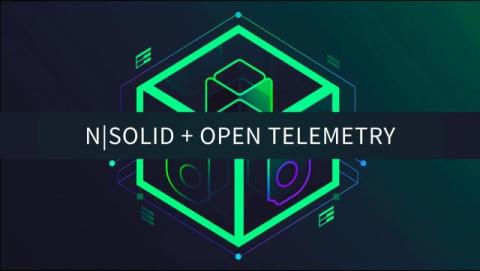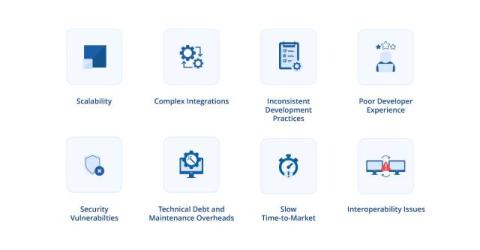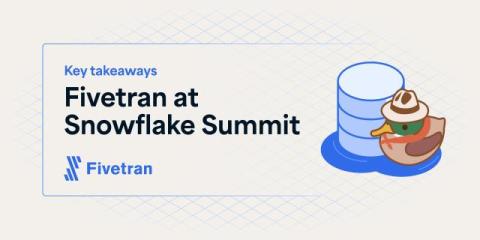How to increase loyalty and maintain fan engagement through realtime experiences
Today's fans crave realtime engagement. They want to feel the energy, participate in interactive features, and connect with the action - and the brand - beyond the screen. But here's the challenge: delays and a lack of engagement kill the excitement. Frustrated fans will seek out alternative platforms that deliver the immersive and rewarding experiences that they seek. One company helping brands deliver on these needs is LiveLike.











